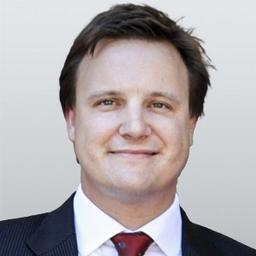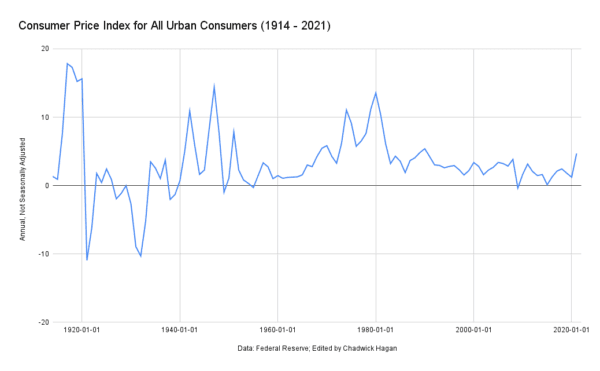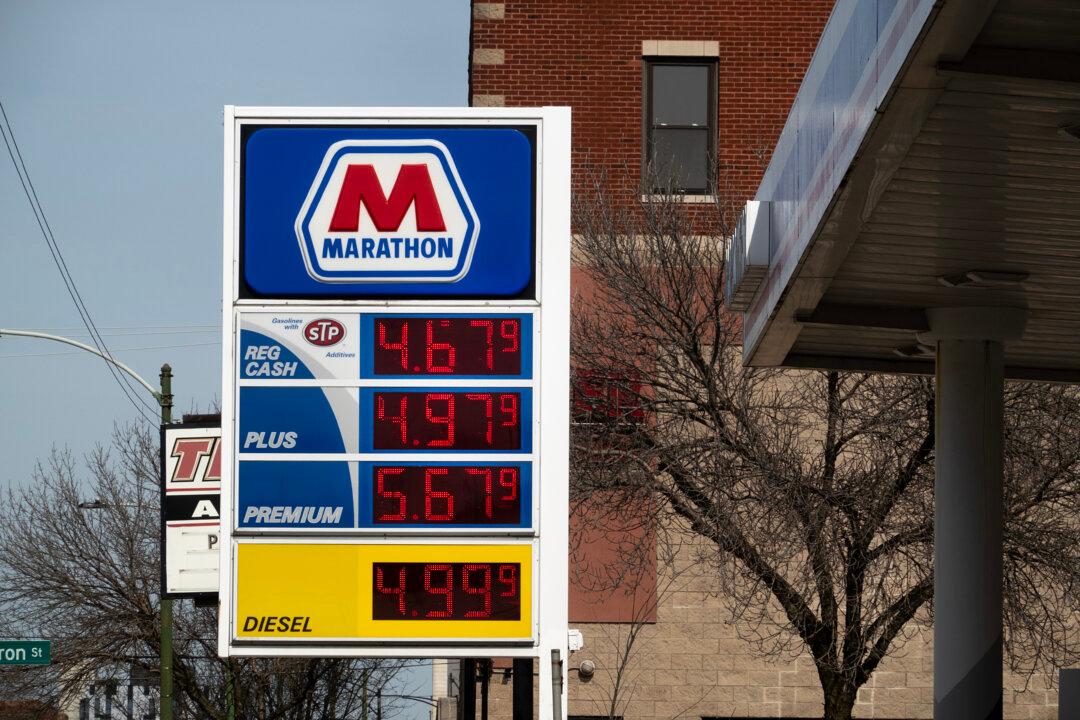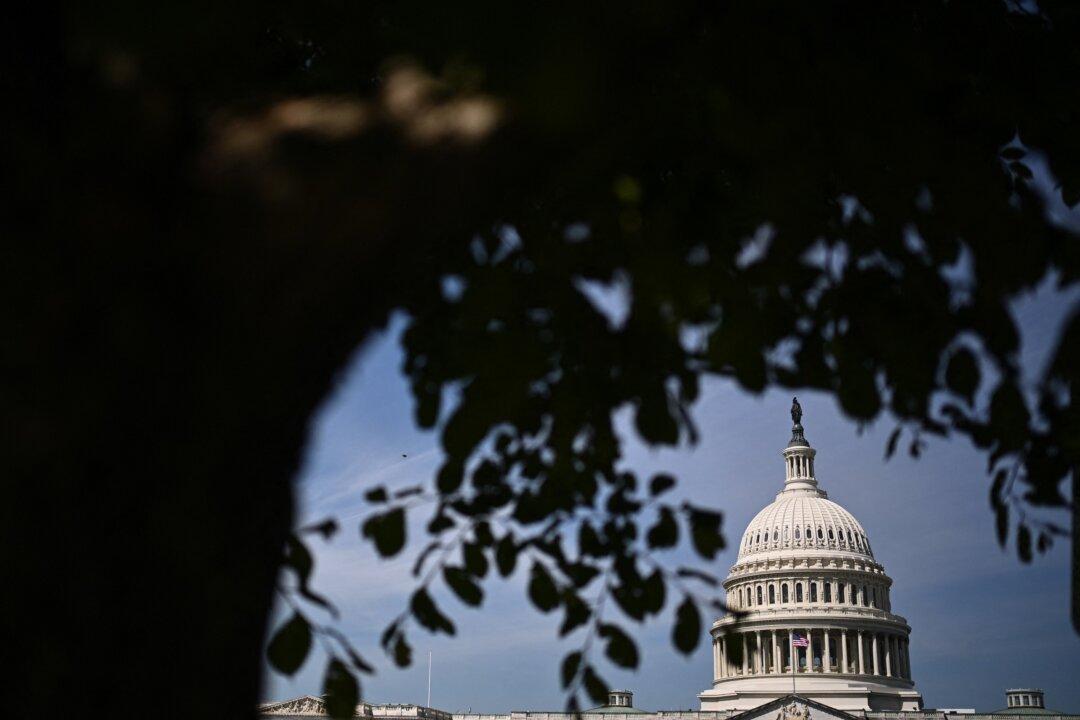Commentary

A shopper looks at shelves in a Manhattan supermarket as inflation impacts consumer prices in New York City, on June 10, 2022. Andrew Kelly/Reuters
Chad is a financier, author, and columnist. He has managed businesses and investments in global markets for over two decades. He is the host of the podcast “Deep Dive Inside,” which discusses Western society. His latest book is “The Myth of California: How Big Government Destroyed The Golden State” (2024).
Author’s Selected Articles





